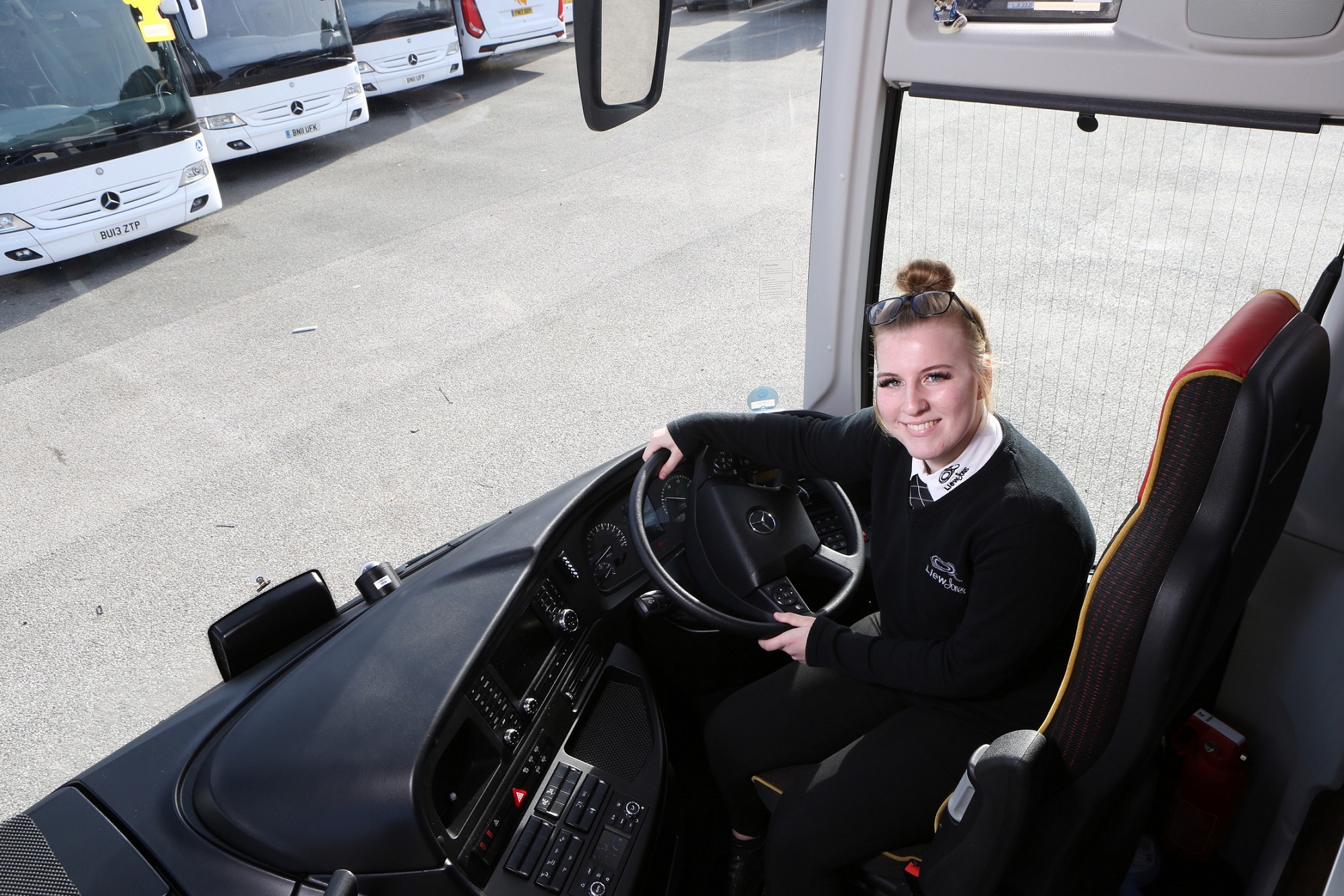Transport Secretary Heidi Alexander recently announced a lowering of the minimum age to become a licensed train driver to 18, stating this was to increase opportunities for young people and to help address train driver shortages.
This followed consultation in 2024 that apparently received overwhelming support for the measure across the industry, including the trade unions.
You may recall that the government also carried out a consultation in the spring of last year about removing the 50km restriction to allow 18-19-year-old drivers to drive regular coach and bus services of any length but, in contrast, the result of this hasn’t yet seen the light of day.
That consultation followed action from the Confederation of Passenger Transport (CPT) in response to the driver shortages that hit in 2021 and continue for some to the present day.
CPT carried out a series of activities, including the launch of a best-practice guide and holding a Driver Shortage Summit.
One outcome of the latter was agreement around seeking the lifting of the 50km restriction on 18-19-year-old coach and bus drivers.
After all, the restrictions on young drivers make no sense given that an 18-year-old can drive a petrol tanker, for example, a car transporter or a 44-tonne articulated lorry across the length of the country and into busy urban areas, surrounded by pedestrians.
And now long-distance trains as well. So, yes, driving coaches and buses is challenging — it is not the “easy” job many see it as — but it is surely on a par with those other responsible roles.
Although age discrimination is rightly illegal, there can still be, if we are honest, some natural bias against the idea of both younger and older drivers.
The thing that always comes to my mind when this comes up, and I hope it is not a crass comparison, is that the average age of RAF pilots during the Battle of Britain was 20.
Age is not the key determinant of collision rates – it is experience – Paul Lynch
Indeed, that was the natural outcome of the criteria which limited recruitment at the time to 18-22. It is interesting to think about the reasons for that.
Looking at data is also supportive of young drivers. In my own company, Stagecoach London, we have long been able to see that age is not the key determinant of collision rates – it is experience.
While it can be argued that 18-year-olds are more likely to be inexperienced, it can of course be the case at any age, especially as driving becomes less common generally.
Combining Department for Transport data on collisions with that from DVLA relating to the number of licence-holders of different types and age is interesting.
Firstly, CPT has identified that the youngest vocational drivers (those aged 17-20, which is the closest age bracket available in the reported data) present a very different risk compared to non-vocational drivers of the same age.
The combined data shows that the likelihood of a vocational driver in this youngest age bracket having a collision is less than half that of a non-vocational driver: 0.65% compared to 1.38% — and this is despite the fact that the vocational drivers are likely to be driving many more miles than their non-vocational counterparts.
Secondly, the data also shows little difference in the likelihood of a vocational driver in this age bracket having a collision compared to one in the next age bracket (aged 21-24), where the likelihood is 0.61%, or indeed drivers aged 25 or over, where it is 0.46%.
There doesn’t therefore seem to be much logic in preventing 18-19-year-olds driving irregular services or regular ones over 50km.
Changing this would enable the recruitment of thousands of additional drivers and probably help the coach industry in particular.



























